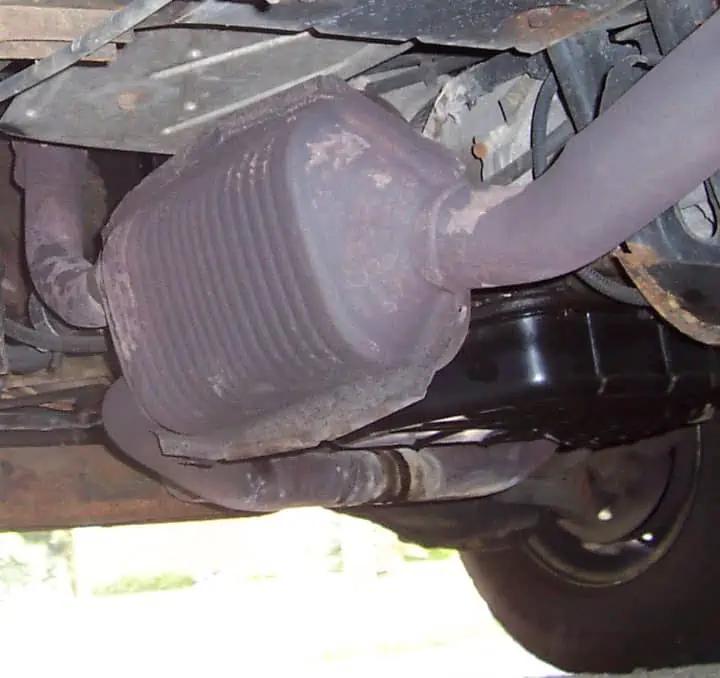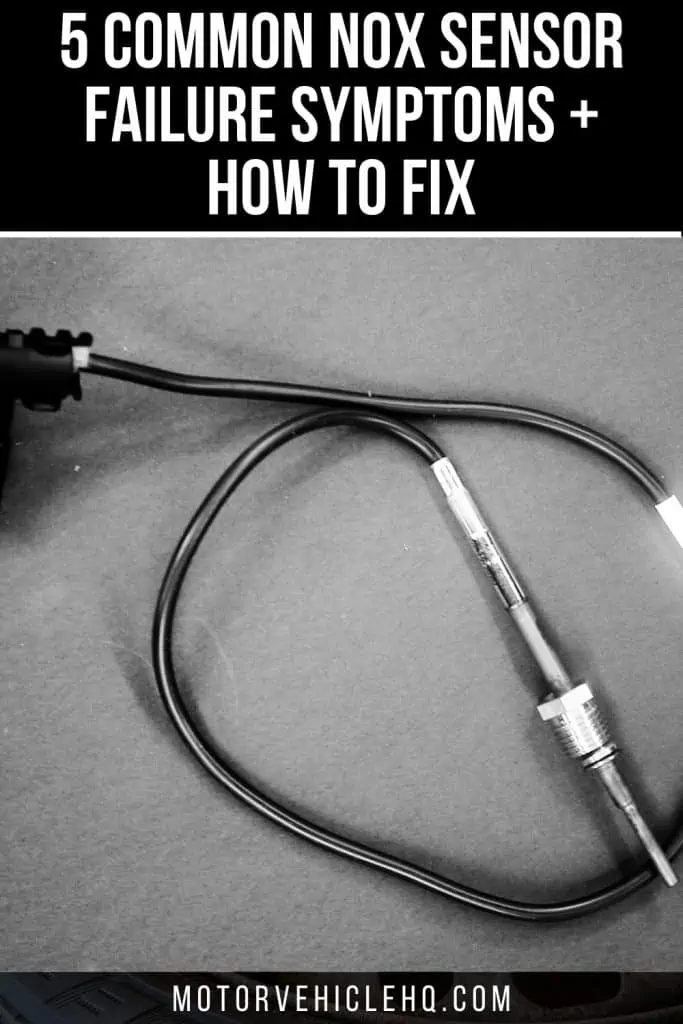Many car owners are contemplating repairing or replacing existing NOx sensors after experiencing the NOx sensor failure symptoms since emissions regulations are making modern automobiles more complex than ever. What exactly are these, and what do you do if you see NOx sensor failure symptoms?
Manufacturers can now develop engines that are more efficient and economical than ever before because of several extraordinarily significant advancements in modern motoring.
While offering silky-smooth daily driving and being great for the environment, this frequently has unfavorable adverse effects for vehicle owners.
Those of us who are aging a little more quickly than we’d like may recall how basic the old automobiles were.
In the past, all that was needed to solve almost any issue with your automobile was a straightforward printed handbook and a small box of tools, and then before users realized it, they were back on the road.
Lifting the hood of the majority of current automobiles, though, and the situation may be different.
Certainly, the sophisticated plastic coverings are far more aesthetically beautiful than that of the oil-covered engines of the past, but when you start trying to fix your problems with your basic toolkit, your gleaming new bay is sure to laugh.
Every conceivable gadget and gimmick is available in modern interiors to ensure that you travel in the utmost luxury. This is also true of the engine.
The days of using nuts, bolts, and a wrench to fix issues are long gone.
Nowadays, diagnosing and fixing problems is more likely to need a computer, an OBD II scanner, and a ton of in-depth information.
It should not be a surprise that the internal computers and sensors ultimately need some care given that they regulate almost every element of how your car operates and behaves.
Nitrogen oxide sensors, or NOx, unfortunately, are not an exception.
A NOx Sensor: What Is It?
The nitrogen emissions from your car are measured by the NOx sensor, a device, or component.
This NOx mitigation after-treatment device, which is in charge of decreasing dangerous exhaust emissions and safeguarding the environment for diesel cars with urea-based SCR systems, includes NOx sensors among its parts.
The components might differ depending on the manufacturer and model of the car. The NOx sensor is located upstream of the catalyst in a typical system, which includes a turbocharger, a DPF, and an SCR catalyst.
Some cars may have both an upstream and a downstream NOx sensor, making a total of several NOx sensors.
In this setup, the first sensor, which is placed close to the turbo downpipe and measures engine NOx production, and the second sensor detects NOx levels leaving the SCR catalyst.
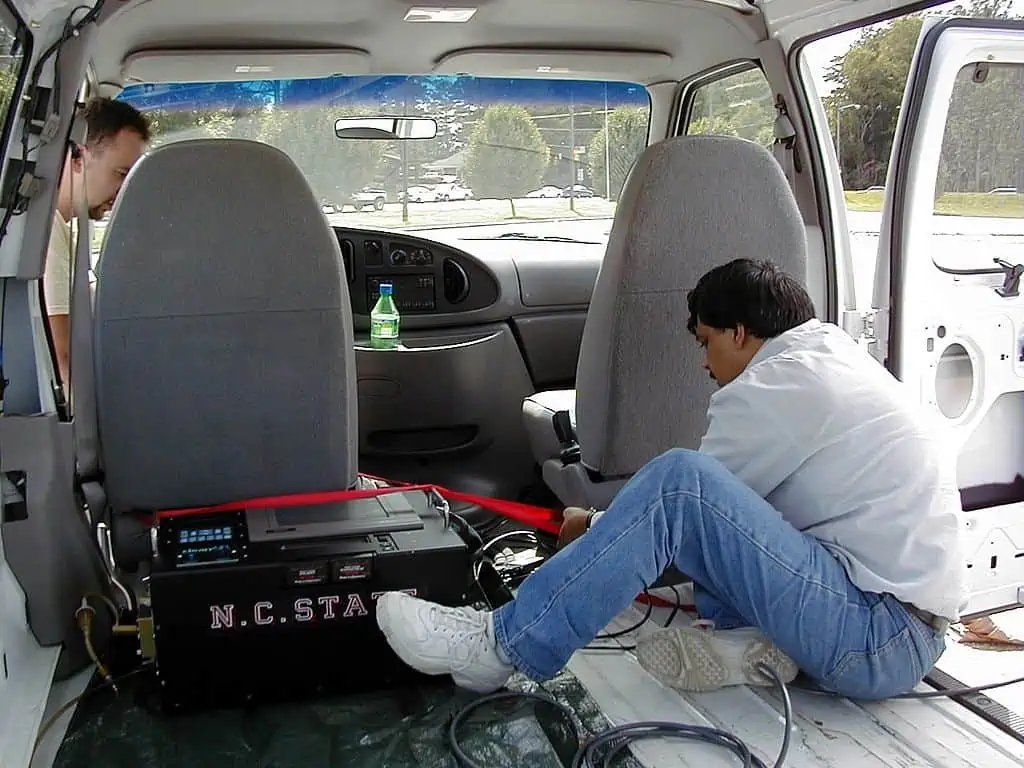
What Functions Does a NOx Sensor Perform?
A NOx (Nitrous Oxide) sensor’s job is to evaluate emissions and calculate the amount of nitrogen oxide discharged into the atmosphere as engine emission standards become stricter than ever.
The NOx sensor functions by utilizing an electro-catalytic mechanism with a substance that interacts with NOx to detect nitrogen oxides.
The amount of NOx in an electrolyte may be determined by passing a voltage across it; a higher voltage indicates a higher quantity of NOx.
Let’s say the NOx sensor notices that too much NOx is being created. In such an instance, it will send the data to the SCR system, which will then modify the output so that the car complies with pollution standards.
Because of this, a NOx sensor is essential to the SCR system for diesel-powered automobiles to maintain the vehicle’s compliance with the necessary emissions requirements.
Do You Need a NOx Sensor In Your Car?
Surprisingly, yeah. The NOx sensor is in charge of determining how much NOx is created by the vehicle after the combustion cycle.
Its job is to keep an eye on the catalyst’s operation and make sure it isn’t releasing too many gases.
This could not only hurt the environment, but it might also cause your car to fail its yearly emissions test.
The new Euro 6 standards, which apply to all current diesel automobiles, would not be feasible without the inclusion of the NOx sensor since global government regulations governing vehicle emissions are getting more stringent.
The NOx Sensor Failures
Since NOx sensors, like many other electronic parts with such important functions, have a finite lifespan, you should plan on replacing them at a certain point while owning a car.
The ECU (Engine Control Unit) will signal an error if the NOx sensor stops sending a signal within a certain bandwidth, which is likely to send the car into “Limp Mode,” also known as “Emergency Mode.”
The ‘Engine Warning’ light on your dashboard cluster will usually illuminate together with symptoms such as unsteady idle, juddering or jerking when driving, and high fuel usage, making this usually readily visible.
A faulty NOx sensor must be taken into consideration at this point since, in the majority of situations, you may anticipate everything to be rather spectacular.
What are the NOx Sensor Failure Symptoms?
As with other problems, a NOx sensor won’t give an early indication of its impending failure, but fortunately, it’s frequently easy to determine if your NOx sensor should be to blame.
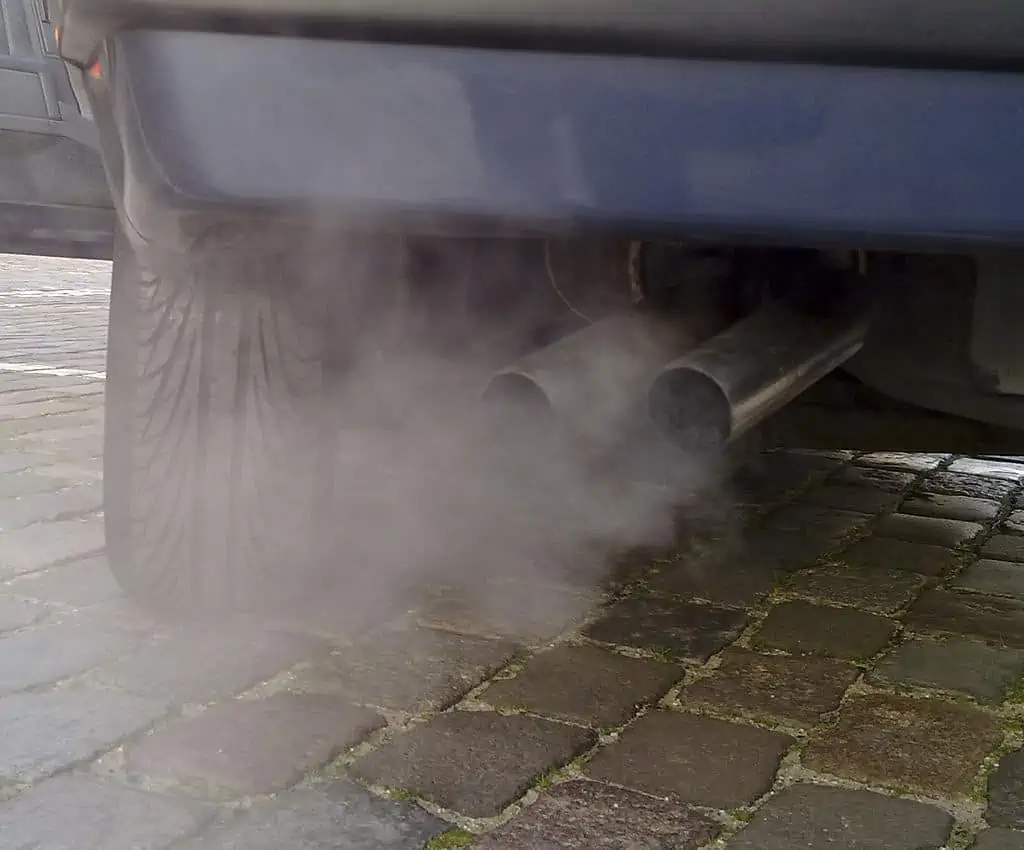
Engine Warning Lights are On
Your vehicle’s “Engine Warning Light” should turn on in the instrument cluster to let you know there’s a problem if the NOx Sensor malfunctions, along with many other potential problems. You could have more than one light in various circumstances.
Given the importance of the NOx sensor to your vehicle’s maintenance, we strongly advise having the problem investigated as soon as possible.
Even with the NOx sensor removed, it’s unlikely that you will be able to physically identify any problems, thus your best chance of identifying the issue is to first scan the vehicle’s ECU for error codes.
If you do have an engine code scanner, then you ought to be able to determine from home whether your problems are being caused by the NOx sensor by looking at an onboard reading. As an alternative, your neighborhood garage would also be able to assist.
The fact that the code might be related to several potential problems is one drawback of reading engine codes.
For instance, the “P2200” code may appear on BMW automobiles. This code may indicate several possible issues, including the ones listed below:
- The temperature sensor for the coolant.
- The leaky exhaust.
- The mass air flow sensor.
- The oxygen sensor
Similar circumstances apply to other manufacturers, such as Mercedes-Benz automobiles with the code A0009053603, which is linked to several possible problems.
An Increase In Fuel Usage
Excessive fuel use is another sign that could assist determine whether the NOx sensor is the likely culprit.
Since the ECU depends on the data and information provided by the NOx sensor, whenever the NOx sensor stops functioning as designed, the ECU is unable to determine how much fuel to give the engine.
The ECU produces an erroneous fuel mixture as well as an air-to-fuel ratio in the absence of reliable data from the NOx sensor.
The auto computer could not know the correct quantity of air-fuel to mix if the Nox sensor malfunctions and is unable to provide reliable information to your engine management software on the air-fuel mixture ratio.
In some circumstances, your powertrain control module will respond by compensating by blending extra gasoline to guarantee optimum engine performance. This fuel combination is referred to as rich.
A diesel-powered truck emits an exhaust gas rich in black particulate matter by U.S. Environmental Protection Agency
It may be a Cummins Nox sensor issue if your Cummins is getting poor gas mileage. It’s significant to remember that poor gas mileage might result from other issues.
Erratic/Unstable Idle, Misfiring, and Jerky Behavior
The ECU is unable to calculate how much gasoline your injectors should spray within the chamber when the NOx sensor fails.
Since the ECU is unable to determine the ideal dosages needed, the injectors then start surging or irregularly starving the engine.
When this problem occurs, your automobile could occasionally try to “rev” the engine even when the throttle is not down.
Other times, the ECU ‘’panics’’ and generally engages the “Limp Mode” or “Emergency Mode,” which causes your car to operate erratically as it runs on a high fuel mixture to maintain the engine while striving to optimize the (limited) performance that is still available.
Normally, we would anticipate that these symptoms would immediately turn on the “Engine Warning Light,” but they may also serve as a further indication that the NOx sensor is likely to be at fault.
Either of these three NOx sensor indications, as you may have guessed, won’t be doing your engine’s lifetime any favors, thus we strongly advise that you have your ECU checked as soon as possible if they appear.
Misfiring Engines and Soot Accumulation
An engine’s misfiring can be caused by several things. Nevertheless, a rapid engine misfire might indicate a broken NOx sensor. When there is insufficient oxygen present during burning, this occurs.
Due to the platinum they contain, which aids in reducing harmful nitrogen from exhaust emissions, NOx sensors are among the most expensive parts of the exhaust system.
Higher emissions from a bad Nox sensor will have an impact on the catalytic converter. The catalyst is damaged, rendering it incapable of controlling emissions. Soot accumulation may also result from this. You are aware of what this entails, of course. It will result in the emission test failing.
Unsteady Acceleration
Acceleration that is uneven or irregular is a frequent indicator of a bad Nox sensor. Here is why: your engine control unit will use extra gasoline to make up for the sensor’s inaccurate reading. As a result, the car will jolt when you hit the throttle pedal.
What Causes NOx Sensor Failure Symptoms?
It should not be surprising given their placement that soot accumulation on the sensor is among the most typical causes of failure.
Damaged wires have been known to be the source of problems in the past, and in this instance, the issue should be visible.
Sometimes, the internal probing used to measure the NOx levels has produced a malfunction instead of the NOx sensor itself failing.
There are numerous possible causes for NOx sensor failures because it’s a normal wear-and-tear device that you should anticipate replacing, eventually.
A three-way catalytic converter on a gasoline-powered vehicle by Ahanix1989
Can I Drive with NOx Sensor Failure Symptoms?
Yes, it is possible to drive with a damaged Nox sensor. I do not, however, advise it. Long-term driving with a damaged Nox sensor will result in several drivability problems.
Poor engine power output, unpredictable idling, unexpected engine misfire, and poor gas mileage are all possible effects. The ECU will activate the engine warning light on your car’s dashboard before the engine exhibits any of these issues.
NOx Sensors: Are They Repairable?
Consider if it would be advantageous to repair the NOx Sensor rather than replace it if the cleaning approach described above failed to resolve the issue.
With little wiring expertise and the aid of numerous internet instructions, you can replace a damaged sensor probe even though it’s sometimes difficult to locate the exact location of the problem to be certain it will repair the issue.
To avoid the hassle for people without wiring skills, especially if you’re unsure that it’s the root of the problem, we advise either hiring somebody to do it for you or just buying a new off-the-shelf sensor.
How are NOx Sensor Failure Symptoms Fixed?
You have two choices if a diagnostic reveals that your automobile has a NOx sensor issue: you may either fix the sensor or replace the defective sensor.
Since a high-quality NOx sensor is not inexpensive, you should first attempt to fix the broken one before replacing it.
- Start by removing the damaged sensor from your car using the directions in the owner’s handbook to fix it.
- You might need to do so by removing the protective rubber covering the sensor to reach it and perform the necessary repairs.
- Make careful to securely hold the sensor with electrical tape so you can see what you are working on to make the repair process easier.
- Now that you can see the sensor clearly, separate the sensor cables with a knife and some scissors.
- Once the new probe is installed, you should wrap the wires and solder them to the NOx emission control unit sensor using the appropriate color-coded cables of the new probe.
- Heat shrink tubes should be applied to the soldered regions to let the cable sheathing bond.
- After the gadget has been fixed and heated with the solder, give it some time to reach the right temperature.
If the probe was the source of the issue, the NOx sensor should now function normally and any previously present error codes should go.

If you try the aforementioned solutions and the earlier issues still exist, you should replace the sensor rather than try to fix it.
You have two choices when it comes to changing the sensor: you may buy a new sensor or a less expensive reconditioned sensor.
You should be aware that even though the refurbished NOx sensor is less expensive and occasionally might perform as well as a new one, it typically doesn’t come with a warranty. As a result, if it malfunctions a few weeks or months after installation, you’ll need to dig deeper into your wallet to purchase a new one.
Purchasing a new NOx sensor is the best course of action. Although the sensor will be pricey, it comes with a fantastic guarantee that lasts for years, so if the sensor breaks you can obtain a replacement at no additional cost. The breakdown must occur during the warranty term to qualify.
How Is a NOx Sensor Cleaned?
The following cleaning technique has been used successfully by many owners and is worth attempting (at your own risk) to save a few dollars.
Even while this won’t always work, it’s worth trying before you delve further, especially if your car is unlucky enough to have exorbitantly priced NOx Sensors.
Is It Possible to Stop the NOx Sensor Failure?
Yes, you may achieve this by maintaining your vehicle well. Avoiding short excursions is one of the things you should do to reduce water condensation in the exhaust. If at all possible, avoid short automobile rides since they don’t burn all the water in the exhaust, which might damage the sensor.
When driving on gravel, you should also use extreme caution. As a general rule, slow down when driving on uneven terrain to lessen the possibility of pebbles, twigs, and other objects striking the exhaust and harming the installed NOx sensor.
Last but not least, you need to be careful about the gasoline you put in your automobile. Use only premium fuel in your automobile to avoid having your sensor destroyed by heavy exhaust soot. You should thus refrain from refueling at unreliable gas stations.
How to Replace a NOx Sensor
Even though the aforementioned cleaning and repair methods frequently work, it’s frequently simpler to replace the NOx Sensor(s) with brand-new ones for assurance that the issue has been fixed.
Depending on the make as well as the model of your car and whether you choose a stock or aftermarket component, NOx Sensor costs might vary greatly.
It’s not unusual for the cost of replacing NOx Sensors to top four figures, so it’s worth assessing your alternatives before choosing the best course of action.
How Much Does a NOx Sensor Replacement Cost?
A Nox sensor’s replacement cost varies depending on several factors. Consider if you want brand-new, aftermarket, or original OEM components when determining your spending limit.
The cost is also influenced by the car’s manufacture and model. However, Nox often costs between $250 and $300. High-end sensors, however, might cost between $400 and $750.
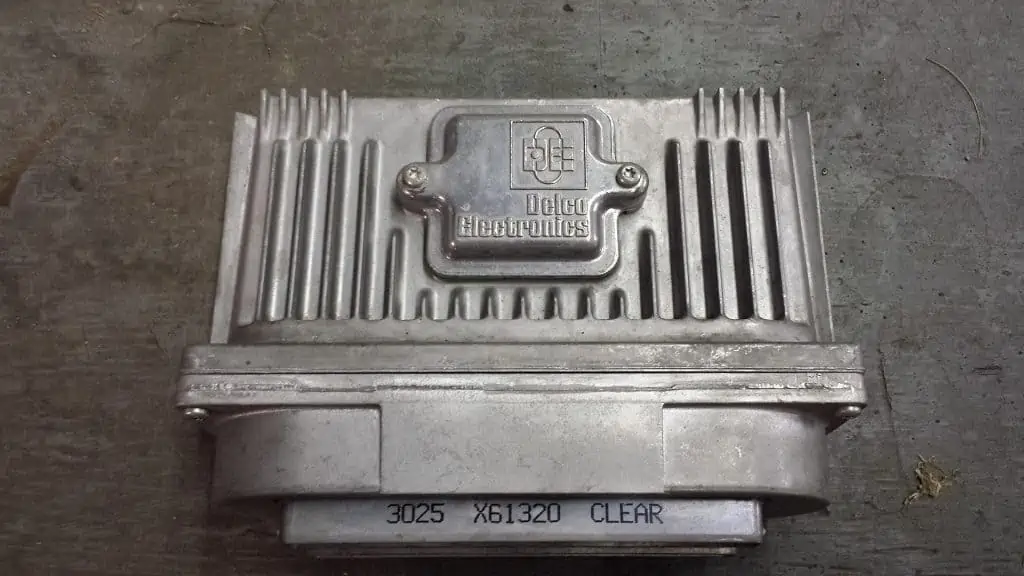
Installation of Refurbished NOx Sensors
Considering that NOx Sensors may occasionally have a costly price tag, it’s not uncommon for owners to choose remanufactured NOx sensors, which are frequently about 1.5 times less expensive than a brand-new component.
Although we can see the allure of saving money, they have probably already had the sensor probe replacement we mentioned above.
The disadvantage of buying a reconditioned item is that it can break down again soon after, especially when it’s something as finicky as a NOx sensor. Because of this, we strongly advise making sure it has a valuable guarantee.
Installation of New NOx Sensors
Your best option is to swap out your malfunctioning NOx Sensor with a brand-new one that has the longest guarantee you can locate, even if they can occasionally have a whopping price tag.
The finest warranties are frequently provided by main dealers, but we would anticipate them to charge the most as well.
Thankfully, after your brand-new NOx sensor is installed, we don’t anticipate dealing with them again for a very long time, if ever.
Are NOx Sensors Warranty Covered?
Given how regularly NOx sensors may malfunction, it is understandable that many people are expecting that their current warranty would cover them.
Manufacturer warranties for the NOx sensor on brand-new vehicles can vary greatly, with average warranty durations falling between five and 10 years. There can be a mileage cap to take into account.
We advise getting in touch with the dealership if the vehicle is less than 10 years old to make sure the sensors aren’t hidden.
For instance, certain BMWs come with a ten-year/120,000-mile warranty on the NOx sensor, which will be welcomed by many.
What Is the Lifespan of NOx Sensors?
Car NOx sensor warranties vary. A Nox sensor may, however, travel 50,000 to 60,000 miles on average. The sensor can survive longer than that with proper care. Similar to how it may break down well before 50k miles.
Conclusion
Nowadays, driving may be much more difficult than we’d like, and no one likes having to spend their hard-earned money when problems like the NOx sensor failure symptoms arise.
We’ve offered several options to assist you to decide which would work best for your needs, from renovating and replacing to making sure you’re protected from any potential difficulties.
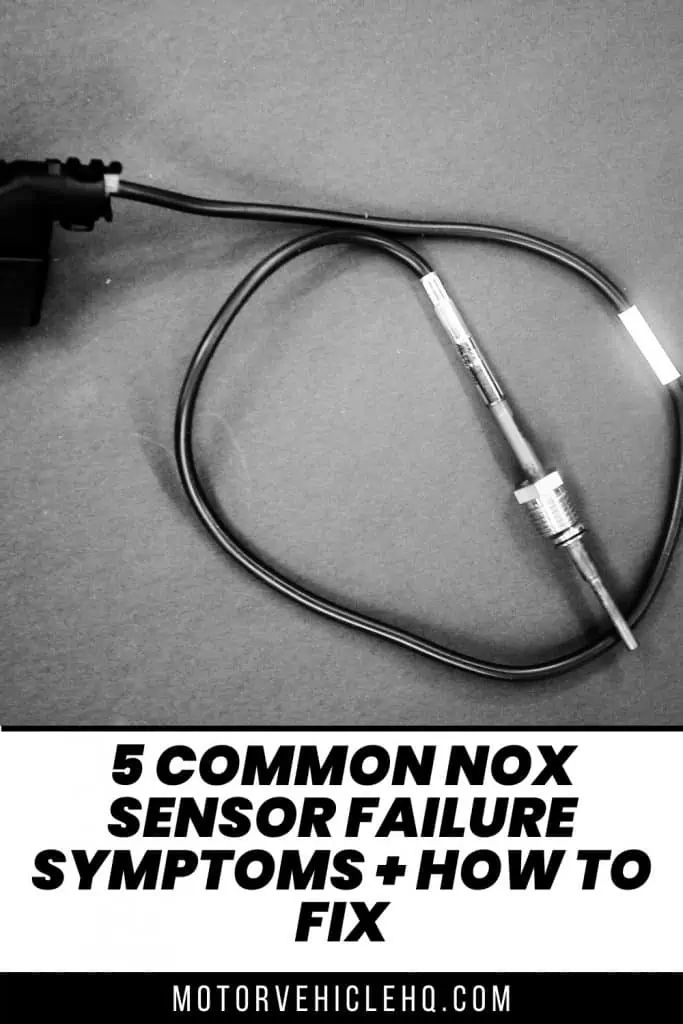

Jim Wicks is the founder of MotorVehicleHQ. With over two decades of experience in the automotive industry and a degree in Automotive Technology, Jim is a certified car expert who has worked in various roles ranging from a mechanic, car dealership manager, to a racing car driver. He has owned more than 20 cars over the past 15 years. Ask him about any vehicle you see on the road and he can tell you the make, model and year. He loves the aesthetics of all things cars, and keeps his vehicles in pristine condition.
In his free time, Jim enjoys getting his hands dirty under the hood of a classic car or taking long drives along the country roads. His favorite car? A 1967 Shelby GT500, a true classic that, according to Jim, “represents the pure essence of American muscle.”

